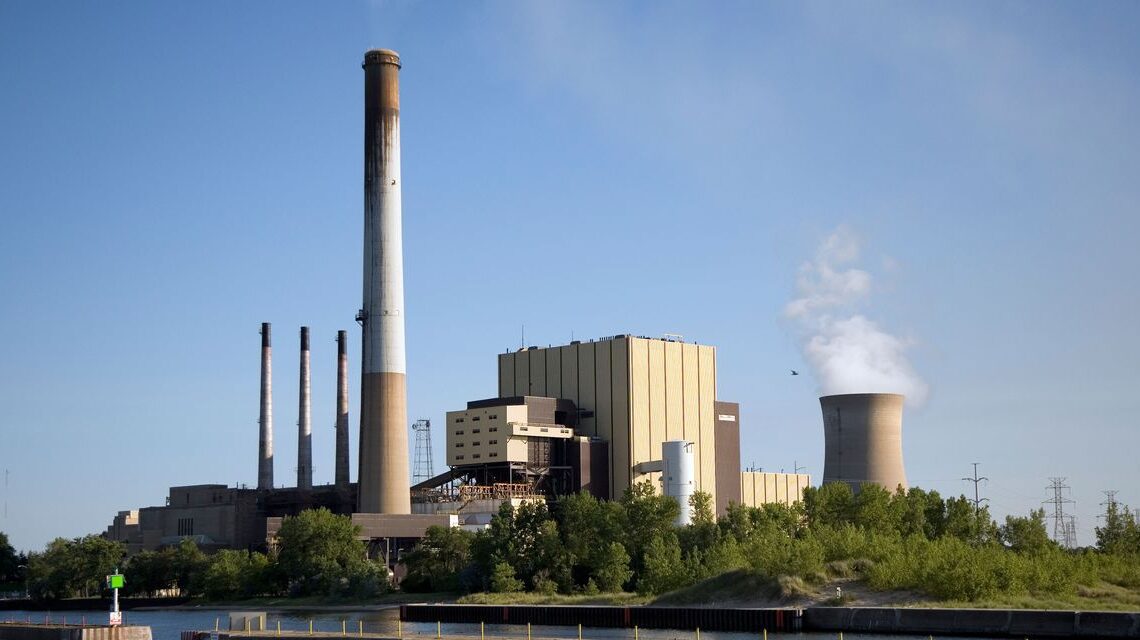Michigan City, Ind.
A 200-foot sand dune called the Hoosier Slide once loomed, bald and imposing, on the shore of Lake Michigan in northwest Indiana. Visible from Chicago, it was the most prominent of a line of post-Ice Age dunes along the great lake’s southern shore.
In the late 19th century, glass companies began mining the iron-rich sand, which produced bottles and jars in a beautiful blue hue. By 1920, the Hoosier Slide was gone.
A coal- and natural-gas-fired generating plant that stands on the dune’s former location will also soon be flattened. The plant’s owner,
will shutter it and another coal-fired plant in Jasper County as soon as 2028, ending the power company’s use of coal.
In the context of the climate-change rhetoric at the recent World Economic Forum in Davos, Switzerland, the move seems a sure winner. But NiSource and its subsidiary, the Northern Indiana Public Service Co., or Nipsco, might soon find themselves short of power, their ability to generate sufficient replacement energy stalled by local resistance to wind and solar projects.
Nipsco’s own due diligence acknowledges potential winter “capacity gaps” after eliminating coal from its energy mix, even with the addition of new renewable sources. When demand is especially high and exceeds the company’s ability to supply customers, Nipsco plans to tap the grid—a system of power-sharing among regional energy producers managed by the Midcontinent Independent System Operator, or MISO.
Indiana energy suppliers such as Nipsco are currently allowed to tap into the MISO grid for up to 30% of their energy needs.
Nipsco should have no problem tapping the grid when the sun isn’t shining or the wind isn’t blowing, presuming other providers aren’t facing their own capacity gaps at the same time. The 21st Century Energy Policy Development Task Force, a legislative committee composed of state legislators, ex officio members, and gubernatorial appointees, warned in August about relying too much on the grid to make up energy shortfalls.
According to Pew Research, most Americans support generating electricity from solar and wind—at least in theory. In Rush County, east of Indianapolis, the local zoning-appeal board established setback requirements twice what a wind-power developer wanted and limited wind-turbine height to 200 feet (they…
Click Here to Read the Full Original Article at RSSOpinion…

